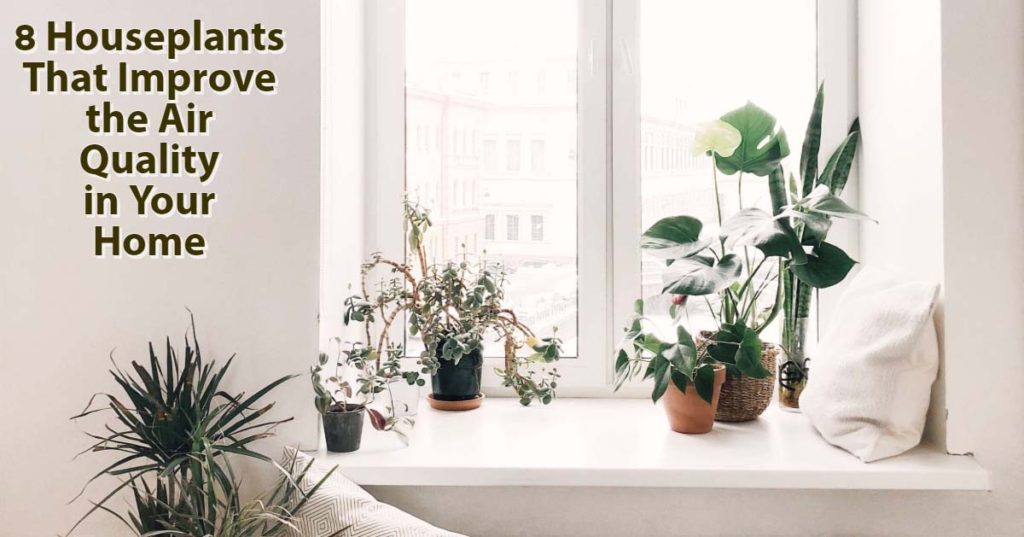
Having houseplants is one of the things that makes a place that you live feel like home. I have always been a plant person maybe because I grew up with them all threw the house. My mother had plants in every room, massive fig trees, potted geraniums, the most beautiful spider plant I have ever seen. She does not really do anything special with them, but they all seem to grow amazingly for her. She said she makes sure they get the right amount of water and talks to them and tells them they are doing well. I have mostly taken on this philosophy with my own houseplants and it seems to work well.
While I also love growing things in the garden, my houseplants have a special place in my heart. It is sort of like the difference between leaving food out for the birds and squirrels and enjoying watching them, as appose to the joy of spending time with your cats inside. Both are wonderful but one has just a bit more of a connection. Also, houseplants do not need to be weeded in hot summer weather.
I would have plants through my house regardless however I have been hearing more an more about the health benefits of doing so. Having plants in the house not only increases the oxygen level in the home, but also removes harmful chemicals from the air.
In our modern life there are many indoor pollutants that can affect our health coming from any number of sources. Some of these are volatile organic compounds (VOCs) such as benzene and trichloroethylene, or carbon monoxide, formaldehyde, airborne pathogens and others. Research has been done showing that plants have the ability to filter many of these harmful substances out of the air, improve the air quality in the house and your health. In fact, one of these studies was done by NASA to research ways of improving air quality for astronauts living in the space station of for future long travel space missions.
The list below is made up of the ideal plants to help filter the air in your home. They are among the best at improving air quality while also being some of the easier plants to look after.
Spider Plants (Chlorophytum comosum)
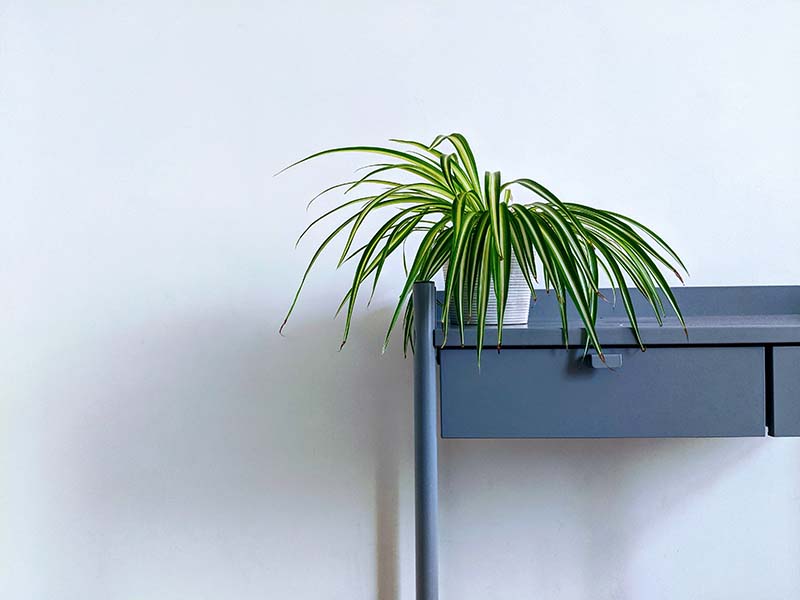
Since they are one of my favorites lets start with spider plants. Coincidentally they are also one of the easiest and most forgiving plants to take care of. They can handle a reasonable level of neglect, and they are tolerant of most lighting conditions. They are also excellent air filters, absorbing pollutants such as formaldehyde and carbon monoxide.
Spider plants are also very easy to propagate. As they grow they will begin to put out shoots with baby plants. These babies will easily root, and can be potted to give you even more air filtering plants.
Areca Palm (Dypsis lutescens)

Areca is a family of around 50 palms but the one most commonly used as a houseplant is dypsis lutescens, known as a golden cane palm, or butterfly palm. It is a beautiful and easy to care for indoor plant which can reach up to 10 – 12 feet in the right growing conditions.
In a study made by Dr. B.C. Wolverton it was found that areca palms removed more toluene and xylene from the air than any other plant. These are harmful chemicals that can commonly be found in things such as glues, paint thinners, rubber, and nail polish remover. This makes these palm trees one of the most effective air filters to have in your home.
Snake Plant (Sansevieria trifasciata)
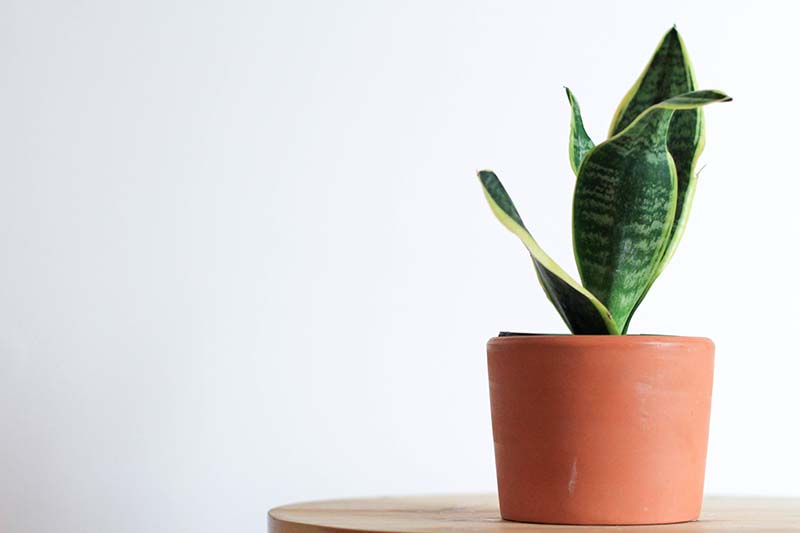
These hardy plants are another that is among the easiest to take care of and most difficult to kill. Avoid over watering them and they can thrive in almost any condition. They are even able to grow in room that get almost no natural light.
In the study conducted by NASA it was found that snake plants removed 4 of the 5 main substances being tested for. In addition to this they are an ideal plant to have in the bedroom. Most other plants release carbon dioxide at night time because they are not longer going through the process of photosynthesis. Snake plants however continue to produce oxygen through the night which can lead to a better more healthful sleep.
Fig Trees (Ficus)
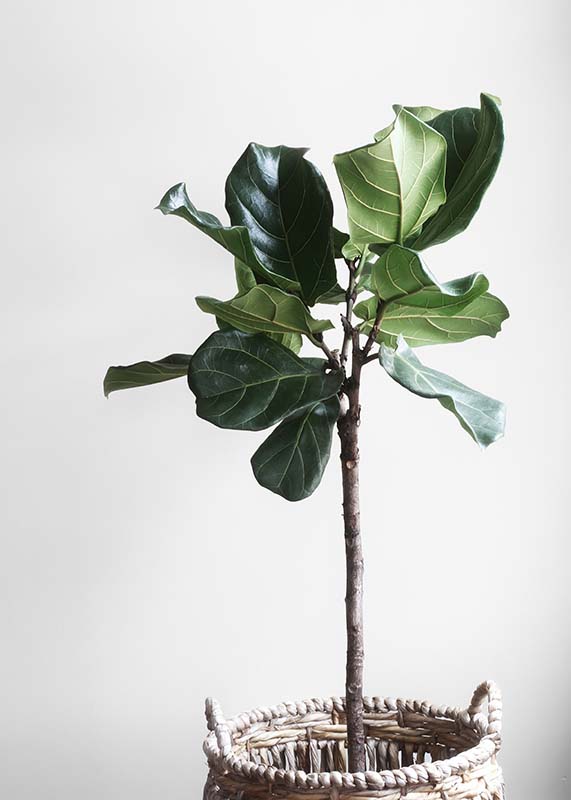
Fig trees are part of the ficus family and are another of my favorites, largely because I grew up with a couple that completely filled the corner of the room they occupied. Those were weeping figs (ficus benjamina), the tree pictured above is a fiddle leaf fig or (ficus lyrate). Both are effective at removing airborne pollutants.
Although ficus can be temperamental and are known to drop there leaves when being moved or if subjected to temperature variations, they are otherwise simple to care for. Keep them in a room with indirect light and away from and heat or air-conditioning vents and you should have a happy healthy fig tree.
English Ivy (Hedera helix)
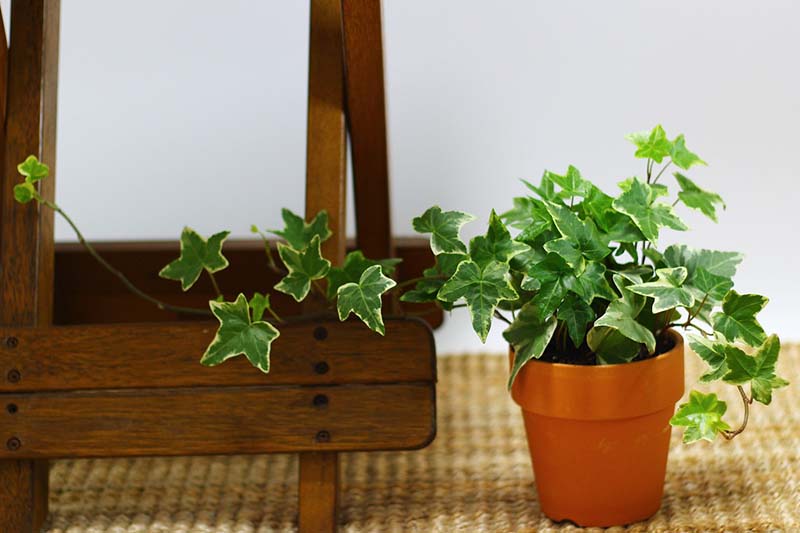
English ivy is a wonderful plant to add some greenery to your home. It is a fast growing easy to take care of plant that does not require much fuss. It is also very easy to propagate by cutting the ends of the vines and placing then in water to root.
It is effective at removing a number of harmful substances from the air including benzene, formaldehyde, trichloroethylene, xylene and toluene. And because it is fast growing it can quickly become a useful air filter in your home. There are also studies that English ivy can reduce indoor mold particles in the air which would make it an even more valuable air purifier.
Aloe Vera
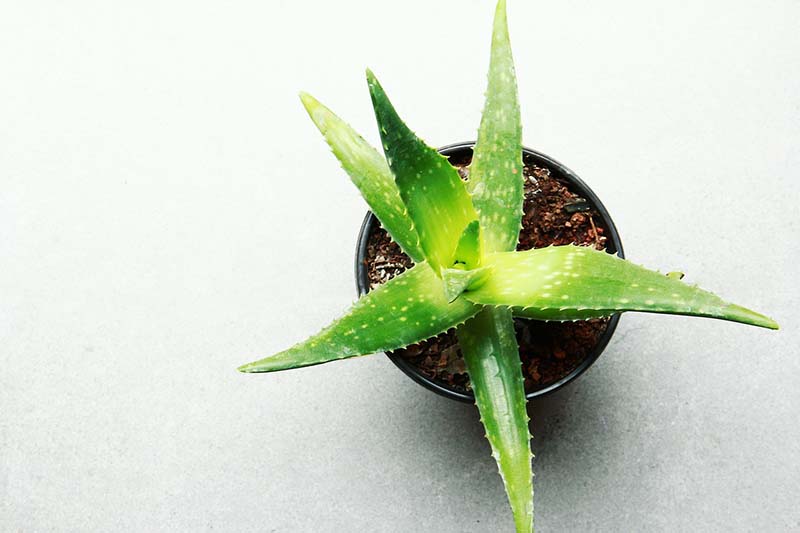
Known for the healing properties of the gel inside it’s leaves, aloe vera is a wonderful addition to the home. The gel can be used to sooth and help heal burns and wounds, and is beneficial to dry skin and conditions such as eczema. In addition to this aloe is able to reduce the amount benzene and formaldehyde in the air, making this unique plant even more useful.
Pothos (Epipremnum aureum)
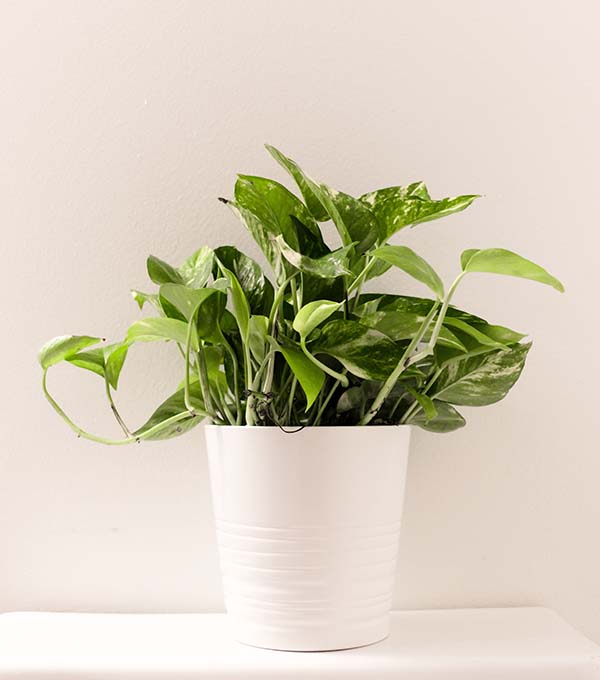
Pothos are another houseplant that is easy to grow and care for. They tolerate neglect well and need only be watered when the soil becomes dry. They are also able to grow without a large amount of light allowing them to be added to rooms that would otherwise not be ideal for plants.
Another living air filter pothos plants have been shown to remove benzene, and formaldehyde, as well as xylene and toluene from the air. Because it is easily propagated from a cutting placed in water it is another houseplant that you can multiply to maximize your clean air benefits.
Madagascar Dragon Tree (Dracaena marginata)

The dracaena marginata or red edged Madagascar dragon tree is a member of the dracaena family. This is a family of trees and shrubs with over 120 members. Although many dracaena are used as house plants the dragon tree is among the most popular. It has a very unique appearance among house plants, and it one of the easiest to care for. For this reason they are often found in malls and office buildings. Although they can be kept smaller by trimming dragon trees can grow up to 10 feet in height making them an impressive addition to the house. In addition to all this dracaena marginata were one of the top preforming plants in the NASA clean air study, absorbing benzene, formaldehyde, trichloroethylene, xylene and toluene.






